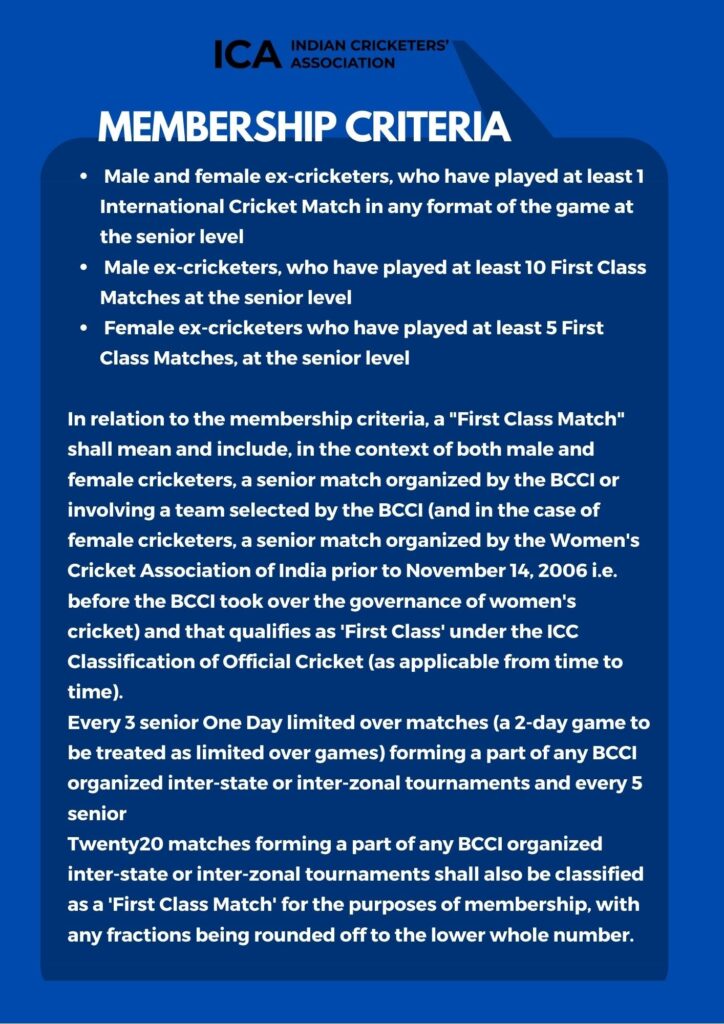WHAT INDIAN CRICKET OWES GAVASKAR IS IMMEASURABLE

March 6, 1971. On the face of it, this is not a date of any great significance. Perhaps only the really die-hard Indian cricket fan will understand the importance of that date, after some prodding. But as far as Indian cricket is concerned, this is a landmark day. If the history of mankind is divided into two eras – BC and AD – the history of Indian cricket could be divided into two eras – BG and AG. The 39 years before the date in question were generally marked by defeats, disasters and debacles and very few triumphant moments. Since that date in question the period has generally been marked by glorious victories, rare individual feats and greater respect for Indian cricket and cricketers in the international arena. Sure, there have been the low points but these have been comparatively few.
March 6, 1971. It was the day a certain Sunil Manohar Gavaskar made his Test debut. He first fielded most of the day as West Indies were all out for 214 on the opening day of the second Test at Port of Spain in Trinidad, a ground which over the years became his favourite for obvious reasons. And then he opened with Ashok Mankad to bat for a few overs before the end of the day’s play. He himself recalls in \”Sunny Days\” his first moments with the bat in a Test. \”As I took strike after Ashok had got three runs, I was a little afraid that I might not be up to the mark. Vanburn Holder thundered down and bowled on the leg stump. The ball struck my leg guards and went down to fine leg for two leg byes. But I was surprised to see that the umpire did not make any signal so I was off the mark with two runs when actually I should not have had any. This helped me to get rid of the fear of failure and I was soon middling the ball and clipped Holder to the square leg fence for my first boundary in Tests.\”
Today, with his awesome record in the international game familiar to cricket fans the world over, it would seem incongruous that Gavaskar had a fear of failure and that he was afraid he might not be up to the mark. But much more significant than all his accomplishments is the fact that he is the father figure of Indian cricket. He was the pioneer, the man who proved that fast bowlers could be hit and not menaces against whom one flinched. He was a batsman who proved that it was possible to get 13 Test hundreds against the West Indies – including three double centuries. He showed that it was possible to break the 10,000-run barrier in Test cricket and to overtake Don Bradman’s record tally of 29 hundreds. Most important, he inspired his teammates not to wince against fast bowling or falter against the turning ball. Thanks to him, many others learnt about the essential qualities of dedication and determination, technique and temperament, patience and perseverance, concentration and commitment. And soon the upward swing in India’s fortunes was there for the cricketing world to watch and admire.
Before Gavaskar came on the scene, the chief image of Indian cricketers was that of people who took an inordinately long time to get their runs. The history of Indian cricket was punctuated – all too frequently – by big reverses. On one infamous occasion at Leeds in 1952, India lost their first four wickets without a run on the board. In the same series, at Old Trafford, India became the first team in Test cricket to be bowled out twice in one day – and for totals of 58 and 82. In the next Test at the Oval, India lost the first five wickets for six runs. A few years later, India lost a Test to West Indies at Calcutta by an innings and 336 runs – then the second biggest margin of defeat in Test cricket. In the period 1967-68, India lost seven Tests on the trot. In 1959 and 1962, India lost all five Tests of the rubber to England and West Indies.
It might not be exactly right in saying that one man changed this depressing scenario. But that would be close to the truth. Gavaskar’s entry marked a major turning point in the fortunes of Indian cricket. His debut itself coincided with India’s first-ever victory over West Indies, followed by a historic triumph in the series. Gavaskar was mainly responsible for this, scoring 774 runs with four hundreds, including a century and a double century in the final Test. His deeds inspired the greater triumph that followed in England the same year. And so, the saga continued till 1987. And along the way, there were individual and team feats that none would have thought the Indian team and Indian cricketers were capable of. Scoring 400 plus to win a Test, running up totals of 600 plus more than once, making the bowlers sweat it out for more than a day to earn a wicket. And inspired by the greater solidity in the batting, the bowlers have risen to the occasion and shaped many notable triumphs.
Indeed, before Gavaskar came on the scene, India had won only 15 of 117 Tests. In the next 129 Tests, till Gavaskar played his last game at Bangalore in 1987, India won 25. As regards losses, India in the period 1932-1970 suffered 49 defeats, while in the period 1971-1987 India lost 35 Test matches. Before 1971, India won five rubbers – three against New Zealand and one each against Pakistan and England. From 1971 to 1987, India won ten rubbers, four times against England, twice against West Indies and one each against Pakistan, Australia, Sri Lanka and New Zealand. Before 1971 India had won only one series abroad – against a none too strong New Zealand side in 1967-68. After Gavaskar came on the scene India won rubbers in West Indies and England (twice) and the template was laid out for the greater feats that followed.
What Indian cricket owes Gavaskar is immeasurable. His legacy endures over the half a century since his debut and champions of the later eras are the first to admit the inspirational role that Gavaskar has played and the exalted status SMG enjoys in the history of Indian cricket.
(Partab Ramchand is a veteran sports journalist, the views expressed here are personal)

